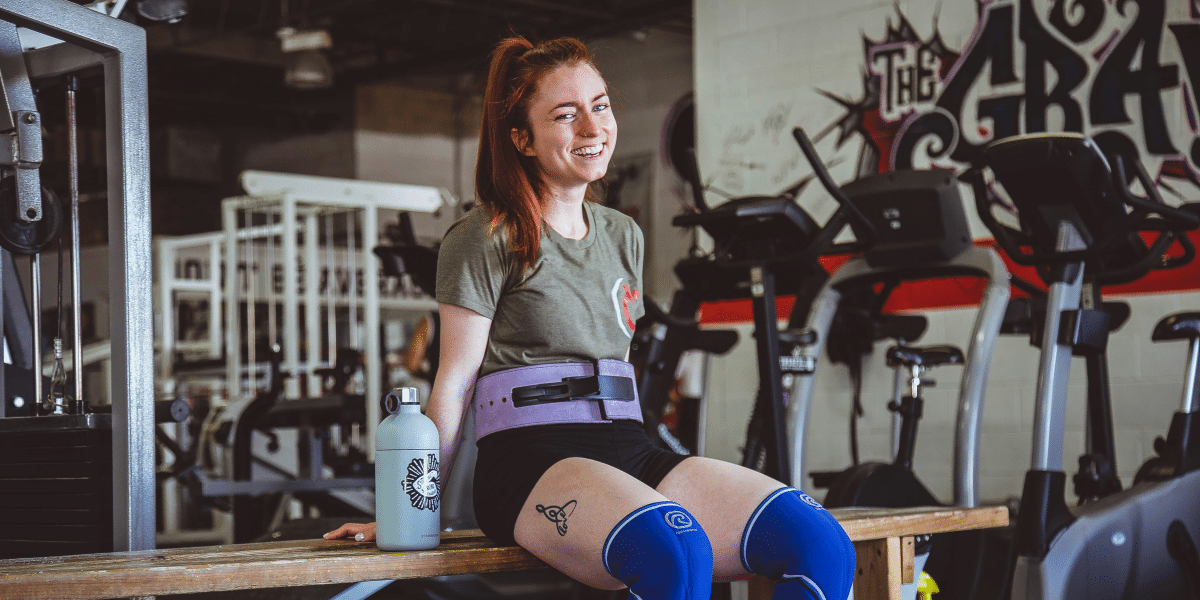Composition refers to how elements are arranged within a photograph. It influences how viewers interpret the image and where their attention is drawn. A well-composed photo feels balanced and intentional, even if the subject is simple.
Photographers use composition to guide the viewer’s eye. This can be done through placement, spacing, and contrast. For example, a subject placed off-center may feel more dynamic than one placed directly in the middle. Lines, shapes, and colors also help organize the frame.
Learning composition doesn’t require expensive equipment. It begins with observation—recognizing how different arrangements affect the mood and clarity of an image. Over time, these choices become intuitive.
Applying the Rule of Thirds
The rule of thirds divides the frame into nine equal parts using two horizontal and two vertical lines. Placing key elements along these lines or at their intersections often creates a more balanced image.
For example, positioning a horizon line along the top third can emphasize foreground detail. Placing a person’s eyes near an intersection point can make portraits feel more engaging.
This technique helps avoid placing subjects directly in the center, which can sometimes feel static. It encourages movement and flow within the frame.
While the rule of thirds is widely used, it’s not mandatory. It serves as a guide, not a restriction. Photographers may choose to break it once they understand its effect.
Using Leading Lines to Guide the Viewer
Leading lines are visual paths that direct the viewer’s attention. These can be roads, fences, shadows, or architectural features. They help connect different parts of the image and create depth.
For example, a winding path may lead the eye from the foreground to the background. A row of windows may guide attention toward a person standing at the end.
Leading lines can be straight, curved, or diagonal. Each type creates a different feeling. Straight lines often feel strong and structured. Curved lines feel softer and more relaxed.
Recognizing these lines in everyday settings helps photographers build stronger compositions. They don’t need to be dramatic—subtle lines can be just as effective.
Balancing Elements Within the Frame
Balance refers to how visual weight is distributed. A photo feels balanced when no part overwhelms the rest. This doesn’t mean symmetry—it means harmony.
Visual weight comes from size, color, brightness, and detail. A large object may be balanced by several smaller ones. A bright area may be offset by darker tones elsewhere.
For example, a person on one side of the frame may be balanced by a tree on the other. A bright sky may be balanced by a textured foreground.
Photographers often adjust framing to achieve balance. This might mean stepping back, changing angles, or repositioning subjects. Over time, these adjustments become instinctive.
Framing and Depth in Composition
Framing uses elements within the scene to surround or highlight the subject. This can be done with windows, doorways, branches, or shadows. It draws attention and adds context.
Depth refers to the sense of space in a photo. It makes images feel three-dimensional. Photographers create depth by including foreground, middle ground, and background elements.
For example, placing a flower in the foreground, a person in the middle, and mountains in the background creates layers. These layers help the viewer feel immersed in the scene.
Using shallow depth of field—where only part of the image is in focus—can also guide attention. It separates the subject from the background and adds clarity.
Simplifying the Frame for Clarity
Too many elements can distract from the subject. Simplifying the frame helps the viewer focus. This may involve removing clutter, changing angles, or using plain backgrounds.
Minimalist compositions often feel calm and intentional. They rely on strong shapes, clean lines, and clear contrast.
For example, photographing a single object against a blank wall emphasizes its form. Capturing a person against a soft sky highlights their silhouette.
Simplification doesn’t mean emptiness. It means choosing what matters and letting it stand out.
Light and Shadow as Compositional Tools
Light affects mood, texture, and visibility. It can highlight details or create contrast. Shadows add depth and mystery.
Photographers use light direction—side, front, or back—to shape the subject. Side light reveals texture. Backlight creates silhouettes.
For example, morning light may cast long shadows that add drama. Soft window light may create gentle portraits.
Understanding how light interacts with composition helps photographers plan their shots. It also helps them adapt to changing conditions.
Practicing Composition in Everyday Settings
Composition can be practiced anywhere. Street scenes, home interiors, and nature all offer opportunities. The goal is to observe, adjust, and reflect.
Photographers may start by focusing on one technique at a time. They might spend a day looking for leading lines or experimenting with framing.
Reviewing photos afterward helps identify patterns. It shows what worked and what felt off. Over time, this feedback builds confidence.
Composition is not about perfection. It’s about intention. Each choice shapes how the viewer experiences the image. With practice, these choices become natural and rewarding.










